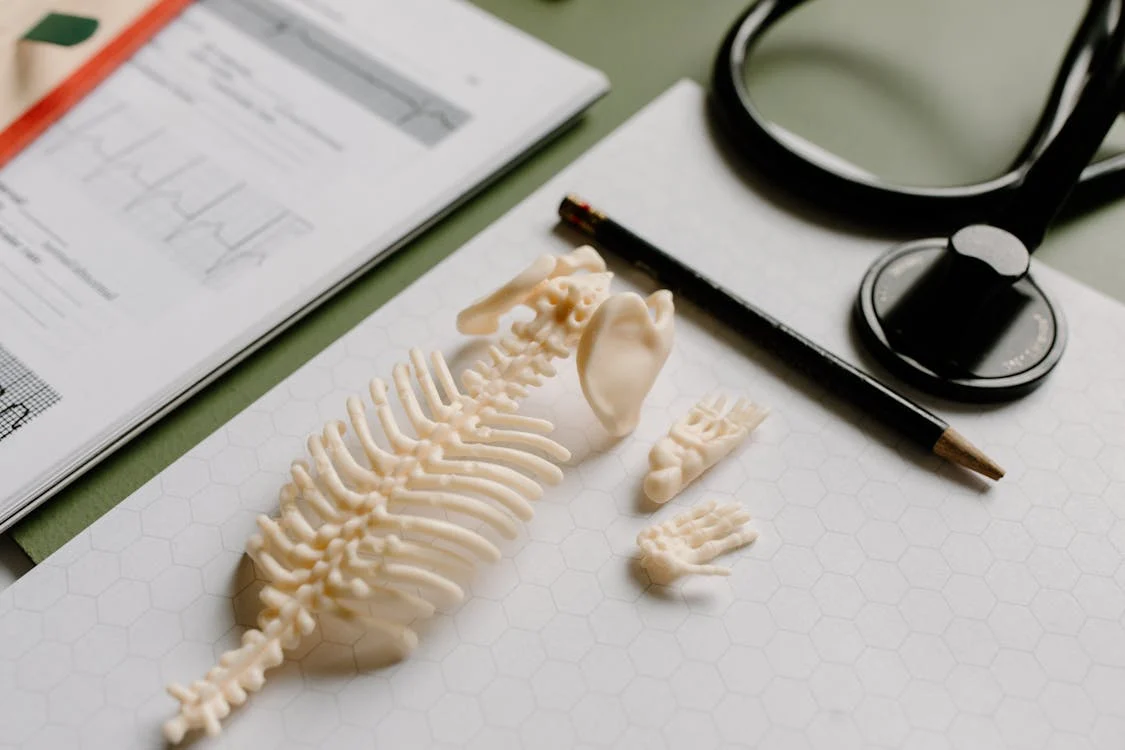0HHT7YZ is a medical code that represents the insertion of a device into the right breast through a natural or artificial opening. This procedure is typically used in the context of medical treatment or diagnosis.
Table of Contents:
- 🔎 Clinical Indication
- 📋 Preparation
- 📖 Methodology
- 🩹 Recovery
- 🚨 Complexity & Risk
- 🔀 Similar Procedures
🔎 Clinical Indication
The procedure 0HHT7YZ, or insertion of another device into the right breast via a natural or artificial opening, may be performed to help diagnose or treat certain medical conditions. This can include placing a catheter or drainage tube for fluid removal, biopsy sampling, or delivering medication directly to the affected area.
By accessing the right breast through a natural or artificial opening, healthcare providers can more accurately target specific areas for treatment without the need for invasive surgery. This minimally invasive approach can help reduce the risk of complications and shorten recovery time for patients undergoing the procedure.
📋 Preparation
Before the procedure 0HHT7YZ, the patient will need to undergo a physical examination to ensure they are in good health for the insertion of the device into the right breast. This may include blood tests and imaging scans to assess the structure of the breast.
The patient will also be given specific instructions on how to prepare for the procedure, such as not eating or drinking for a certain period of time before the surgery. It’s important for the patient to follow these instructions closely to reduce the risk of complications during and after the procedure.
Additionally, the medical team will discuss the risks and benefits of the procedure with the patient before obtaining their informed consent. This ensures that the patient fully understands what to expect and can make an informed decision about moving forward with the insertion of the device into the right breast.
📖 Methodology
During 0HHT7YZ, a medical professional inserts a device into the right breast through a natural or artificial opening. This procedure is typically performed to assist in diagnosing or treating certain medical conditions affecting the breast tissue.
The insertion of the device allows for imaging or sampling of tissue in the breast, helping healthcare providers to determine the presence of any abnormalities. This procedure is done under local anesthesia to minimize any discomfort for the patient.
After the device is successfully inserted into the right breast, the healthcare provider may proceed with the necessary imaging or biopsy to gather the information needed for diagnosis and treatment planning. Overall, the insertion of a device into the right breast is a common procedure that can provide valuable information for managing breast health.
🩹 Recovery
After the insertion of a device into the right breast, whether through a natural or artificial opening, recovery typically involves rest and limited physical activity for a few days. It is important to follow your healthcare provider’s instructions regarding pain management and wound care to ensure proper healing.
Swelling, bruising, and pain in the breast area are common after the procedure and can be managed with ice packs and over-the-counter pain medications. Avoid strenuous activity, lifting heavy objects, or sleeping on your stomach to prevent complications during the recovery period.
Most patients can return to normal activities within a week, but it is important to attend follow-up appointments with your healthcare provider to monitor the healing process. If you experience any unusual symptoms such as excessive pain, redness, or swelling, contact your doctor immediately for further evaluation.
🚨 Complexity & Risk
Performing 0HHT7YZ, or the insertion of a device into the right breast via natural or artificial opening, is a complex medical procedure that carries inherent risks for patients. The intricacy of accessing the breast through an opening, whether natural or artificial, requires precision and skill from the medical team to avoid potential complications.
Potential risks for patients undergoing the 0HHT7YZ procedure include infection, bleeding, damage to surrounding tissue, and implant rejection. Due to the sensitive nature of the breast tissue, any misstep during the insertion process can have serious consequences for the patient’s health and well-being. It is essential for medical professionals to carefully assess the patient’s suitability for the procedure and take necessary precautions to minimize risks associated with 0HHT7YZ.
🔀 Similar Procedures
Another medical procedure that is similar to the insertion of a device into the right breast is a colonoscopy. During a colonoscopy, a flexible tube with a camera is inserted through the rectum to view the inside of the colon. Both procedures involve the insertion of a device through a natural opening in the body for diagnostic or treatment purposes.
Another similar procedure is a bronchoscopy, where a thin, flexible tube is inserted through the mouth or nose and into the lungs to examine the airways. Like the insertion of a device into the right breast, bronchoscopy allows for visualization of internal structures and the ability to obtain tissue samples for further analysis. Both procedures are minimally invasive and typically performed under sedation to minimize discomfort for the patient.

